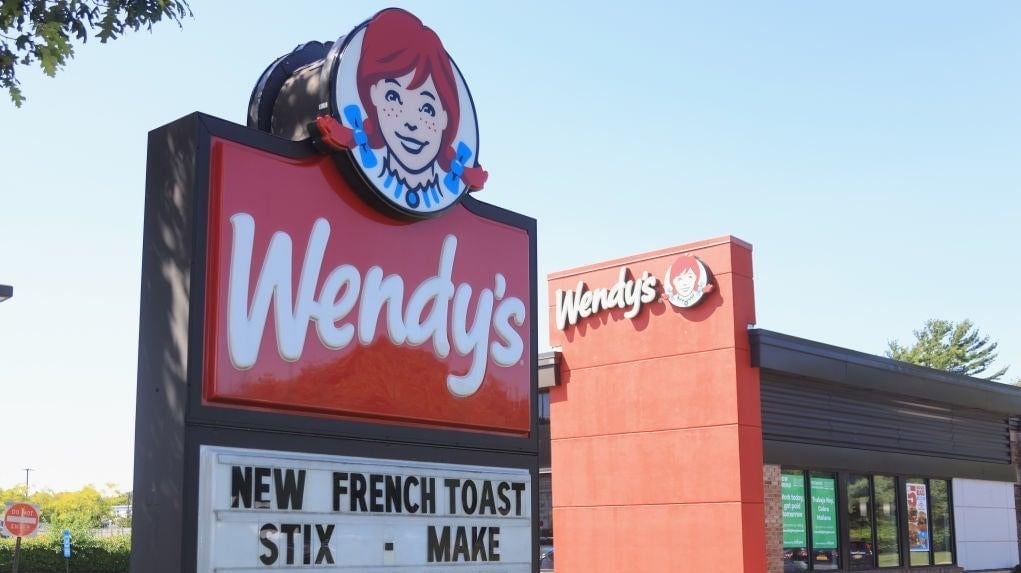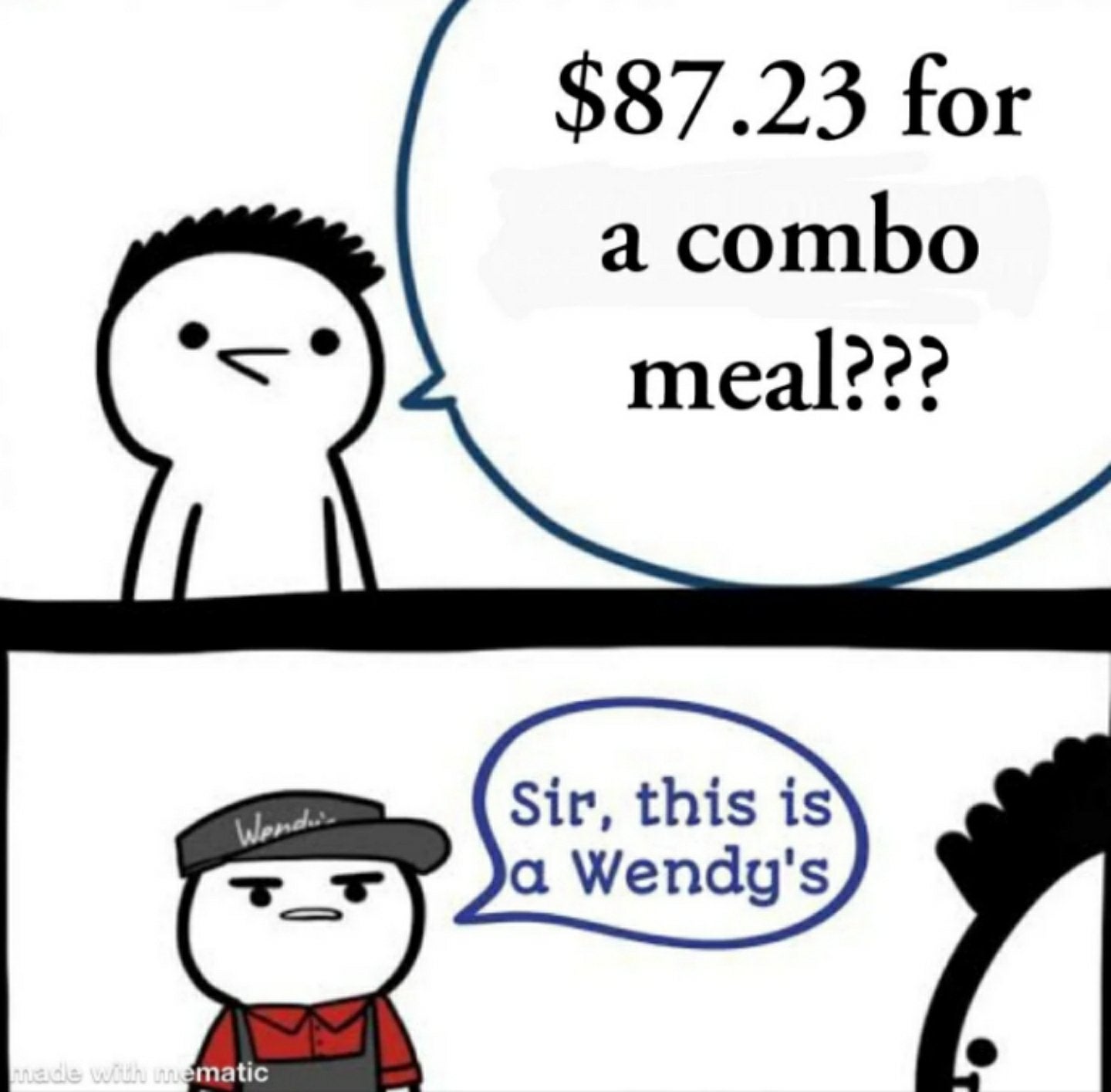The Wendy’s surge pricing blunder was a PR dumpster fire
Wendy's was burned by Burger King, Chili's, and social media users all over the internet

Wendy’s has had a bad week. Actually, it’s had a bad month.
Suggested Reading
The fast food chain reported earnings Feb. 15 that missed Wall Street’s expectations and sent the stock down as much as 7% in the days that followed.
Related Content
Then came a flurry of media attention centered on a single comment made by CEO Kirk Tanner during Wendy’s earnings call with investors. “Beginning as early as 2025, we will begin testing more enhanced features like dynamic pricing and daypart offerings, along with AI-enabled menu changes and suggestive selling,” he said.
The key word was dynamic pricing — seemingly a euphemism for surge pricing, a tactic employed by companies such as Uber, in which prices rise during times of peak demand. Notably, the comment didn’t get picked up by many news outlets until two weeks after Tanner’s remarks.
But when it did, it caught fire.
Hoda Kotb on the Today show said the change would be “incredibly frustrating.”
“It feels like we’re constantly being taken advantage of as customers,” her co-host Craig Melvin added.
“Trash behavior,” said a commenter on TikTok.
“Whoever came up with surge pricing for fast food should be fired,” said one Redditer. A user on X even made their own cartoon.

Wendy’s quickly walked back Tanner’s comment. A Wendy’s spokesperson told NBC News that “dynamic pricing” is different from “surge pricing.”
“We didn’t use that phrase, nor do we plan to implement that practice,” the spokesperson said of “surge pricing.”
But it’s unclear how, then, dynamic pricing would work. For instance, how would prices shift (and by how much) if not based on consumer demand. Wendy’s did not immediately reply to that question from Quartz.
It’s clear that the pricing model won’t gain steam, at least for now.
While KFC and Taco Bell (both owned by Yum! Brands) did not immediately respond to a request for comment, KFC told the Today show that it does not plan to implement dynamic pricing. And Burger King and Chili’s actually capitalized on Wendy’s PR disaster.
Burger King offered customers free Whoppers. “We don’t believe in charging people more when they’re hungry,” the company said Wednesday in a post on X Wednesday.
Meanwhile, Chili’s started a virtual support group on X. “Chili’s is here for you,” it wrote.
Wendy’s failure-filled February: A timeline
Feb. 15: Wendy’s reports sales of $2.2 billion for the fiscal year 2023, missing analysts’ estimates. Tanner announces “dynamic pricing” on a call with investors, and the story is picked up by Nation’s Restaurant News.
Feb. 21: Wendy’s stock falls to its lowest share price in 12 months ($17.64).
Feb. 26: News of the company’s dynamic pricing model explodes on the internet, making headlines on Fox Business, the New York Post, and local media outlets around the country.
Feb. 27: More media attention follows from The Wall Street Journal, CNN, NBC, and others (including Quartz). Wendy’s issues a statement that its dynamic pricing plans were “misconstrued in some media reports as an intent to raise prices when demand is highest at our restaurants.” Chili’s and Burger King diss Wendy’s by offering “support” and freebies to customers.
Feb 28: In an ironic twist, Wendy’s says it will offer customers free Cinnabons for Leap Day on Feb. 29.